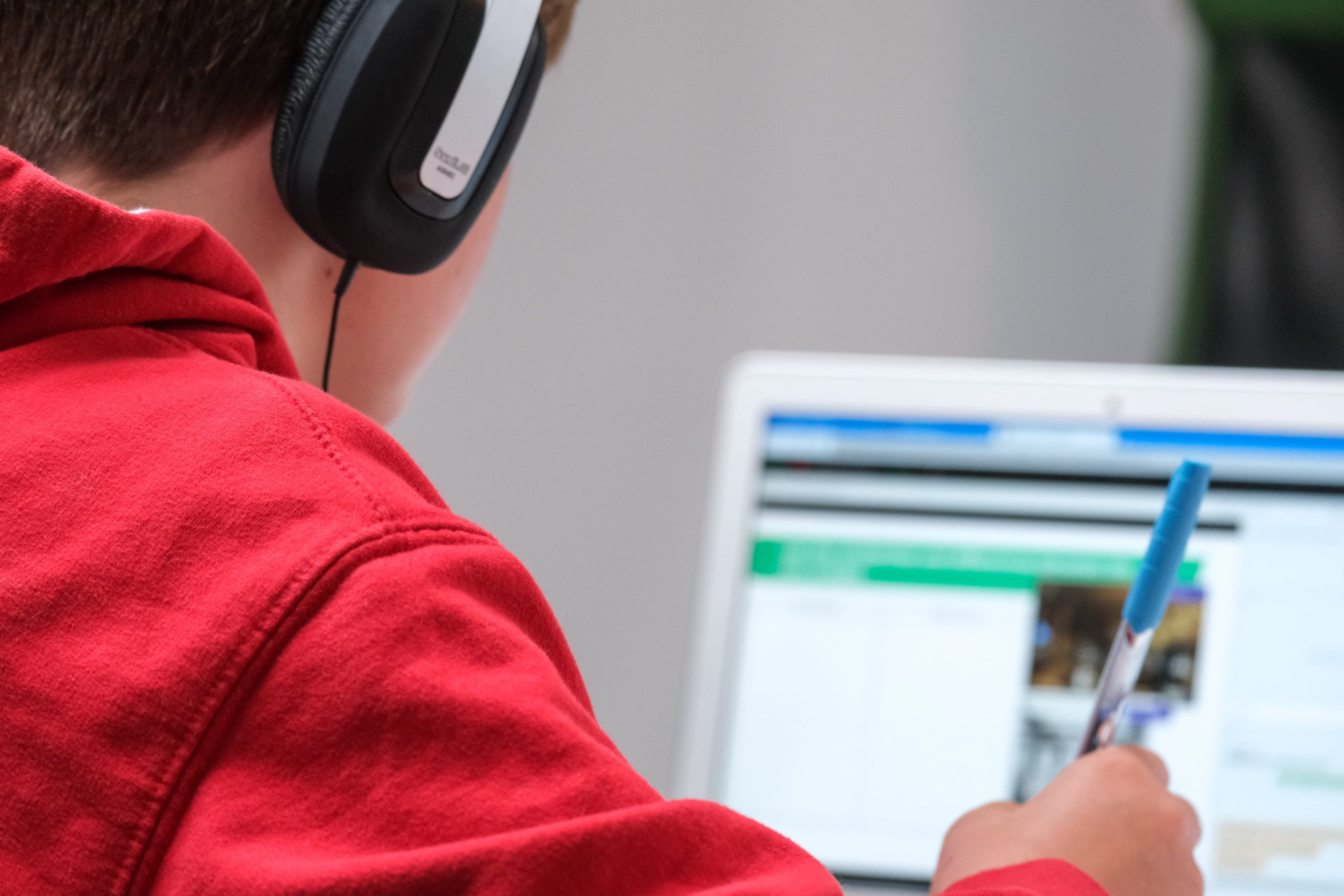Special education has come a long way in America since the days of segregation and exclusion. Today, children with disabilities have more opportunities to learn and thrive than ever before. But this wasn’t always the case. It took decades of advocacy, activism, and legislative change to bring about the transformation we see today. In this blog post, we’ll take a deep dive into how special education has evolved over time in America – from its early roots as a separate system to its integration into mainstream educational practices – and reflect on what this means for our society as a whole. So fasten your seatbelts because it’s going to be an inspiring and eye-opening journey!
A brief history of special education in America
The history of special education in America is a long and complicated one. It begins with the segregation of students with disabilities from the mainstream educational system. This practice was justified by the belief that these students were not capable of learning alongside their non-disabled peers.
This segregation continued for many years, until finally, in the 1970s, lawsuits began to challenge this discriminatory practice. These lawsuits led to a series of Supreme Court decisions that ruled that segregation of students with disabilities was unconstitutional.
As a result of these rulings, schools were required to begin integrating students with disabilities into mainstream classrooms. This process was slow and difficult, but it eventually led to major changes in how special education was delivered in America.
Today, special education is still evolving, as we continue to learn more about how best to meet the needs of all students. However, thanks to the progress that has been made over the past few decades, more children than ever before are able to receive an education that meets their individual needs.
The challenges of segregation and integration
In the United States, the history of special education is one of both segregation and integration. For much of the 20th century, students with disabilities were segregated from their peers in separate schools or classes. This practice was based on the belief that disabled students were best served by being isolated from their nondisabled peers.
However, this began to change in the 1970s as a result of a series of court cases that ruled that segregating students with disabilities was discriminatory and violated their right to a free and appropriate public education. As a result of these rulings, schools began to integrate students with disabilities into mainstream classrooms.
While integration has led to positive outcomes for many students with disabilities, it has also created challenges. One of the biggest challenges is ensuring that all students have access to the necessary supports and services they need to be successful in school. When students are segregated in separate schools or classes, it is easier for educators to ensure that they have the resources they need. But when they are integrated into mainstream classrooms, it can be more difficult to provide them with the individualized attention and support they need.
Another challenge of integration is dealing with prejudices and misconceptions about disability. When students with disabilities are segregated, they can be seen as different and strange. But when they are integrated into mainstream classrooms, they are more likely to be accepted by their peers and treated as equals.
Despite these challenges, integration is generally considered to be a good thing for both students with disabilities and
The impact of the Individuals with Disabilities Education Act
The 1972 passing of the Individuals with Disabilities Education Act (IDEA) was a watershed moment in the history of special education. This federal law guaranteed students with disabilities the right to a free and appropriate public education in the least restrictive environment possible. Prior to IDEA, many students with disabilities were excluded from public schools altogether or segregated into so-called “special schools.” IDEA changed all that by mandating that students with disabilities be included in mainstream classrooms to the maximum extent possible.
Today, IDEA is widely considered one of the most successful federal laws ever enacted. It has opened up countless opportunities for millions of students with disabilities across America. Inclusion in regular classrooms has been shown to improve academic achievement and social skills for students with disabilities, while also fostering greater acceptance and understanding among their nondisabled peers.
Despite its many successes, IDEA faces challenges in the current political climate. Federal funding for special education has been flat for years, leaving states and localities struggling to meet the needs of their growing population of students with disabilities. Additionally, initiatives like charter schools and voucher programs threaten to undermine progress made under IDEA by siphoning resources away from traditional public schools. Even so, there is reason to believe that IDEA will continue to have a positive impact on the lives of students with disabilities long into the future.
The future of special education in America
The future of special education in America is one that will continue to see integration of students with disabilities into the general education population. This trend has been slowly occurring over the past few decades and is likely to continue as schools strive to provide all students with an equitable education. Additionally, new technologies and approaches to teaching are likely to be developed that better meet the needs of students with disabilities. These changes will help ensure that all students have access to a high-quality education.
Conclusion
The evolution of special education in America from segregation to integration has been an ongoing process, with both successes and failures. However, despite these setbacks, it is clear that there has been a significant improvement in the quality of life for those with disabilities over the past few decades. With continued advocacy efforts and increased resources devoted to this sector as well as greater public awareness, we can look forward to further progress in providing equal access and opportunities for all students regardless of their abilities or diagnosis.









